Small Georgian period mahogany knee-hole desk with blue leather zippered writing surface.
It features a single full-width center drawer topped by a hinged cupboard door in the knee hole, flanked on each side by three graduated drawers on raised pedestals revealing carved bracket feet or "hook" feet. Each drawer has a brass swivel handle and a brass keyhole with a key.
The brass hardware is original.
Period : End of XVIIIth century
Dimensions : Height : 81cm x Length : 103cm x Depth : 58cm
The 18th century is the great period of splendor of English furniture, the rich and cultured aristocracy of the Grand Tour builds villas surrounded by beautiful gardens, acquires art collections and wants a brand new furniture that follows the fashions of the time.
The cabinetmakers thus followed the aesthetic evolutions, while maintaining a very high level of execution and refinement which contributed to the fame of the English furniture of the XVIIIth century, in particular in the work on mahogany, whose two greatest representatives are Thomas Chippendale (1718-1779) and Georges Hepplewhite (1727-1786), recognized thanks to the diffusion of their books of models
The Georgian style is a term used to designate the period covering the reigns of four rulers named George, during almost a century.
During this period, several styles succeeded one another. The first, the "early Georgian", between 1714 and 1760, established the main characteristics of furniture in the eighteenth century.
One of the great revolutions was the advent of mahogany, which replaced walnut around 1720 because of the French embargo on the export of walnut to England.
This change influenced the design and decoration of the furniture and caused the abandonment of marquetry and carved decorations: silver or gold were preferred as they were better suited to mahogany. The pieces also became lighter and more openworked, because the wood is very solid.
This period is the one of the intimate alliance between the interior decoration and the global interior furnishing, of which the architect William Kent is the greatest representative in the first half of the century.
Pequeño escritorio de caoba de época georgiana con superficie de escritura con cremallera de cuero azul.
Presenta un único cajón central de ancho completo rematado por una puerta de armario con bisagras en el hueco de la rodilla, flanqueado a cada lado por tres cajones graduados sobre pedestales elevados que revelan pies de ménsula o de "gancho" tallados. Cada cajón tiene un tirador giratorio de latón y una cerradura de latón con llave.
Los herrajes de latón son originales.
Periodo : Finales del siglo XVIII
Dimensiones : Altura : 81cm x Longitud : 103cm x Profundidad : 58cm
El siglo XVIII es el gran periodo de esplendor del mobiliario inglés, la aristocracia rica y culta del Grand Tour construye villas rodeadas de hermosos jardines, adquiere colecciones de arte y quiere un mobiliario nuevo que siga las modas de la época
Los ebanistas siguen así las evoluciones estéticas, al tiempo que mantienen un altísimo nivel de ejecución y refinamiento que contribuyen a la fama del mobiliario inglés del siglo XVIII, en particular en el trabajo sobre la caoba, cuyos dos mayores representantes son Thomas Chippendale (1718-1779) y Georges Hepplewhite (1727-1786), reconocidos gracias a la difusión de sus libros de modelos
El estilo georgiano es un término utilizado para designar el periodo que abarca los reinados de cuatro gobernantes llamados Jorge, durante casi un siglo
Durante este periodo, se sucedieron varios estilos. El primero, el "early Georgian", entre 1714 y 1760, estableció las principales características del mobiliario del siglo XVIII
Una de las grandes revoluciones fue la llegada de la caoba, que sustituyó al nogal hacia 1720 debido al embargo francés sobre la exportación de nogal a Inglaterra
Este cambio influyó en el diseño y la decoración de los muebles y provocó el abandono de la marquetería y las decoraciones talladas: se prefirió la plata o el oro, ya que se adaptaban mejor a la caoba. Las piezas también se volvieron más ligeras y caladas, ya que la madera es muy sólida.
Este periodo es el de la íntima alianza entre la decoración interior y el mobiliario global, del que el arquitecto William Kent es el mayor representante en la primera mitad del siglo


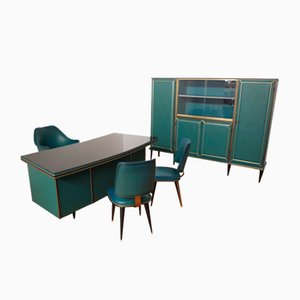

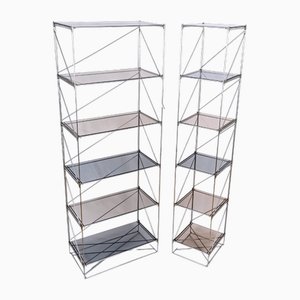

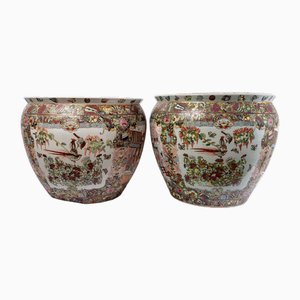


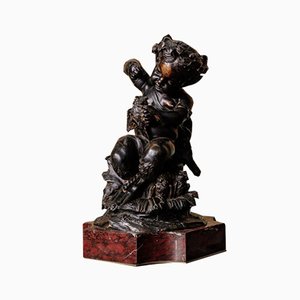
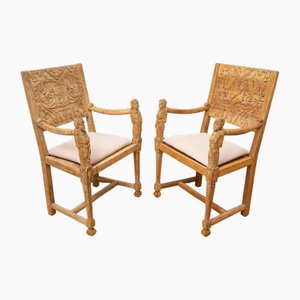

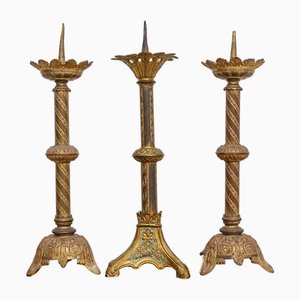
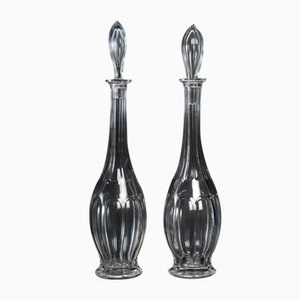
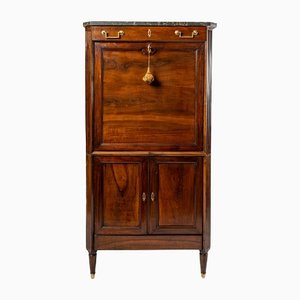
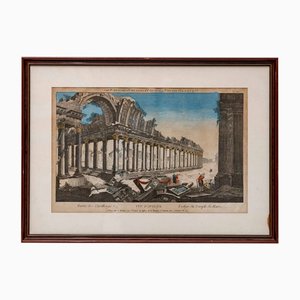
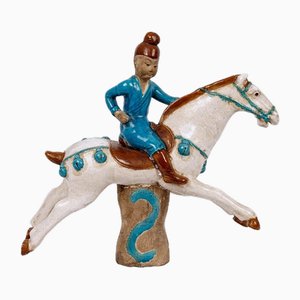
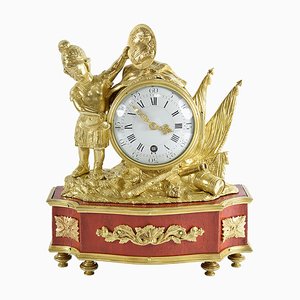

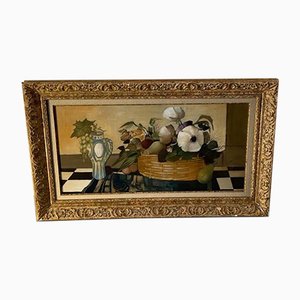

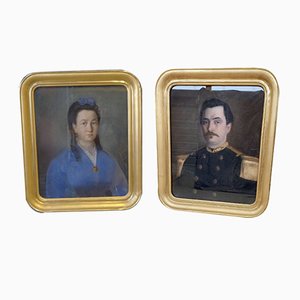
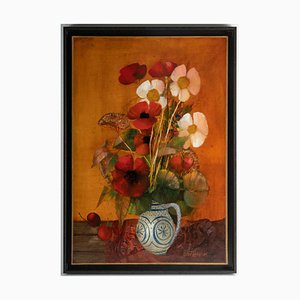
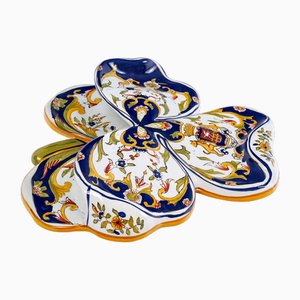
Contacta con nosotros
Haz una oferta
¡Hemos notado que eres nuevo en Pamono!
Por favor, acepta los Términos y condiciones y nuestra Política de privacidad
Contacta con nosotros
Haz una oferta
¡Ya casi está!
Para seguir la conversación en la plataforma, por favor completa el registro. Para proceder con tu oferta en la plataforma, por favor completa el registro.Exitoso
Gracias por tu consulta, alguien de nuestro equipo se pondrá en contacto contigo en breve.
Si eres profesional del diseño, por favor solicita aquí los beneficios del Programa comercial de Pamono